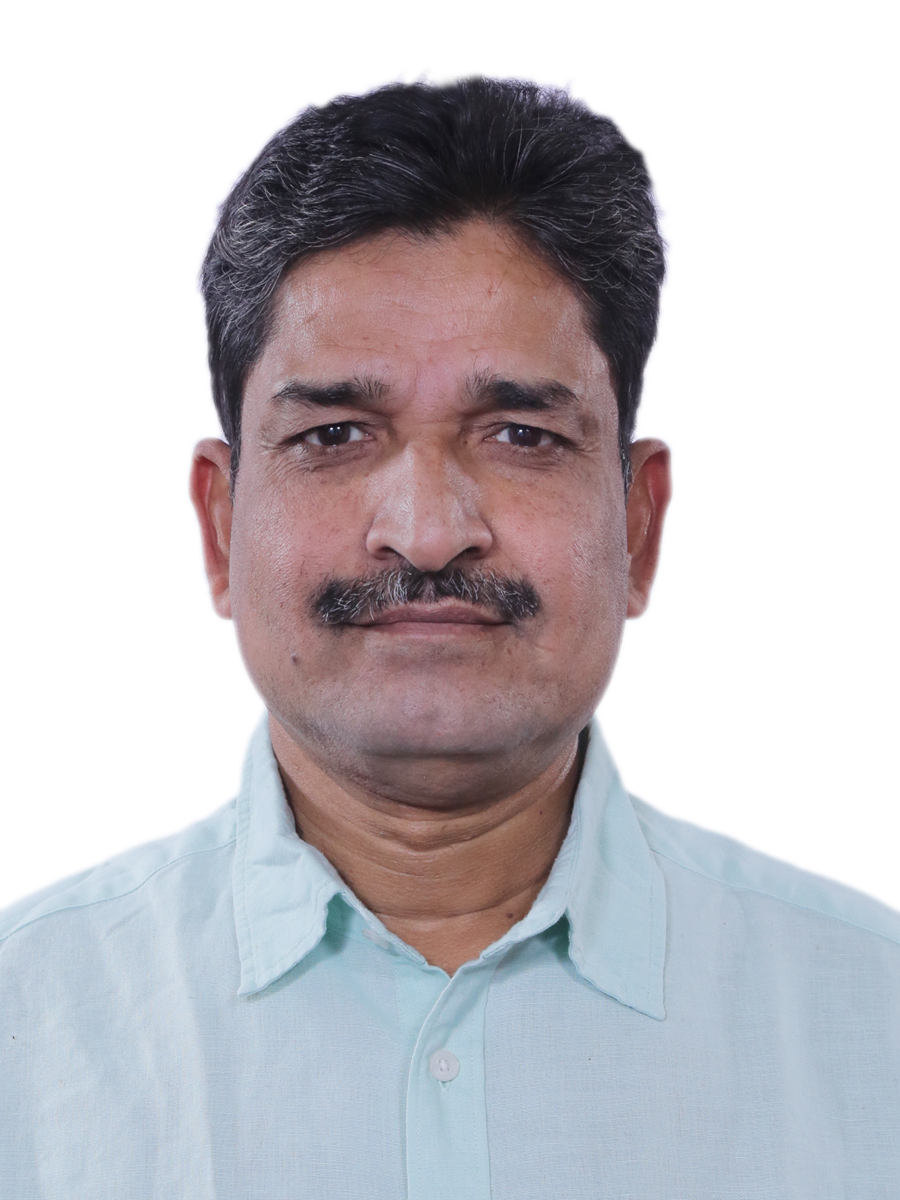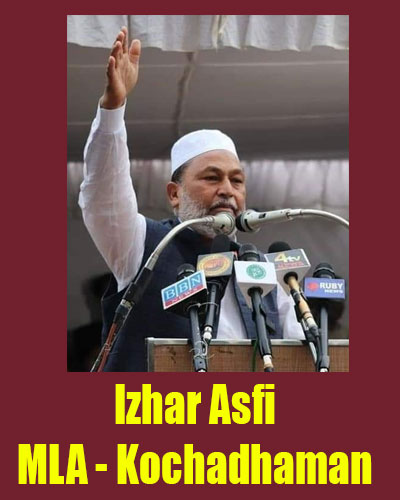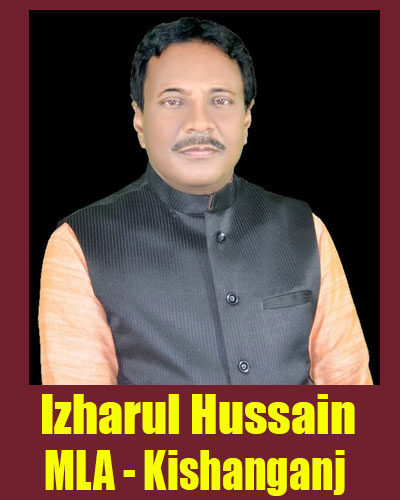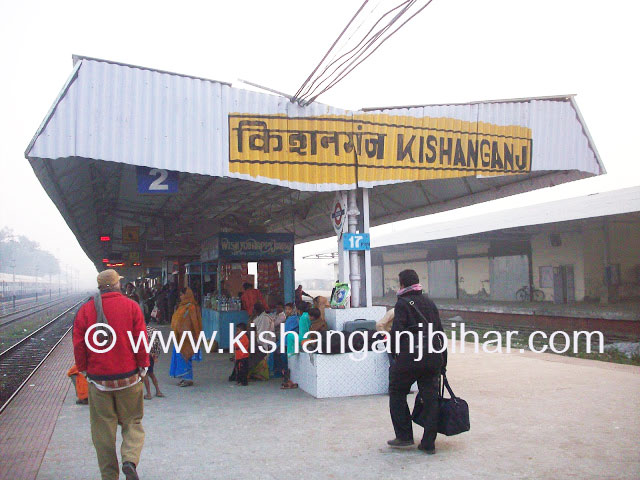In comparison to previous year’s Rs 286.8 billion, the education sector received Rs 344 billion this year. Education sector always gets a good share of the Union Budget and the amount increases every year but the outcome still disappoints.
Finance Minister P Chidambaram’s Budget 2008-09 is earning plaudits across the nation and is ranked as the best ever budget by countrymen. However, the opposition parties ranked the Union Budget 2008-09, a move to please the voters and preparation for next year’s Lok Sabha elections. Amongst the many bonanzas unrevealed by the finance minister last Friday, the biggest was Rs 60,000 crores debt relief package for farmers of the country. The FM said that the relief package has been offered keeping in mind the suicide committed by in-debt farmers across the country.
Budget 2008-09 also brought relief for income tax payers, as the threshold limit of exemption from income tax has been increased from 110,000 to Rs 1,50,000 for men. For woman and senior citizens the tax slabs are Rs 180,000 and Rs 2,25,000 respectively. In addition to these, the finance minister had announced a number of projects and funds for the education sector. Highlights of the funds allocated for various projects include Sarva Shiksha Abhiyan, which is to get Rs 13,100 crores, mid-day meal has been provided Rs 8,000 crores, secondary education is to get Rs. 4,554 crores.
In comparison to previous year’s Rs 286.8 billion, the education sector got Rs 344 billion this year. In fact, the education sector always gets a good share of the Union Budget and the amount increases every year. This year too, the finance minister has given a substantial amount for educational schemes to increase literacy. But the question is does the excess amount spent for educational projects become fruitful? After observing the outcome of the projects in rural India, one can say the impact of money looks more fruitful in papers. Still a majority of the children in rural areas do not attend school rather prefer to help their parents in cultivation, business or household chores. The condition of female children is worse as most of them never go to schools.
According to finance minister’s report about 1,82,000 girls are enrolled in residential schools under Kasturba Gandhi Balika Vidyalaya Scheme. In this year’s budget, funds have been allocated to set up 410 new Kasturba Gandhi Balika Vidyalayas in educationally backward areas. Rs 80 crores has been allocated to set up new or upgrade existing hostels attached to Kasturba Gandhi Balika Vidyalayas. Funds have also been given to Mid-Day Meal Scheme, the world’s largest lunch programme. Mid-Day Meal Scheme will now be extended to upper primary classes in government and government-aided schools in all blocks.
We can’t deny the positive outcome of the Mid-Day Meal Scheme, as it has played a major role in attracting parents and wards to send their children to schools. But, on a broad spectrum the Mid-Day Meal Scheme alone can’t increase the literacy in the country. Still the education of the girl child is taboo in the rural areas and government is unable to change the mindset of people. The condition of women’s education is very bad in states of Bihar, Uttar Pradesh and Jharkhand among others and parents living in villages do not show interest in providing education to girls.
Here one would especially like to mention the condition of female literacy in Kishanganj district of Bihar. According to Census 2001, Kishanganj is least female literate district of the country and only 20 per cent of girls are educated, only better than Afghanistan’s 18 per cent female literacy. In fact, the situation is still more or less same and the percentage of female literacy has not increased satisfactorily.
Like other areas of the country, a number of education schemes are running in the district, but the outcome is not encouraging. Negligence of the parents is one of the prime reasons behind the low literacy rate, but many government education schemes are not reaching to rural areas of the district.
For boys there are two high schools, one degree college and many middle and primary schools in the district headquarters. On the other hand, for girls there is only one government recognised girl’s school and one non-government woman’s college. Apart from the district headquarters, not a single government recognised girl’s high school and college exist in other major suburbs like Bahadurganj, Sontha and Thakurganj. Residents of Bahadurganj, Sontha and Thakurganj had established a girl’s school about two decades ago, but even today these schools are waiting for recognition from the government.
Kasturba Gandhi Balika Vidyalaya Scheme is a special scheme for girls of rural areas, but the people of Kishanganj are unaware of the scheme. Despite being the least female literate district in the country, not a single school has been launched under this project. I don’t think the central government, which is spending crores of rupees in the education sector is unaware about the educationally backward district of Kishanganj. Then why has the government not made any special provision for the district of Kishanganj?
We all know that India lives in rural areas and without making these areas literate, we can’t make India a prosperous nation. Hopefully, the central and state governments will woke up now to make the educational schemes and funds fruitful. Last but not the least, the parents and wards should also understand the importance of education and cooperate with the government to make the educational schemes successful. They should not discriminate between male and female children and should send them to school.
- Published in www.merinews.com on March 4, 2008
Powered by Blogger.
Subscribe to:
Post Comments (Atom)
You Tube Channel
Archive
Featured post
किशनगंज के इंजीनियर आगा अहमद को भारत अंतर्राष्ट्रीय विज्ञान महोत्सव गोवा में सम्मानित किया गया
इंजीनियर आगा अहमद, संस्थापक, अफ़ीफ़ा फाउंडेशन को टेक्नोलॉजिकल इंटरवेंशन मॉडल - टेली कंसल्टेशन के लिए सर्टिफिकेट ऑफ़ मेरिट से गोवा में आयोजित भा...

Search This Blog
Important Govt Websites
- Home
- About
- Contact
- Bihar Online - Official Website of govt
- Bihar Public Service Commission
- Bihar School Examination Board
- Bihar School Examination Board New Website
- Chief Minister of Bihar
- Governor of Bihar
- Kishanganj Blocks & Villages
- Kishanganj Geography
- Kishanganj History
- Kishanganj Latitude & Longitude
- Kishanganj Official Website
Most Popular
3/random/post-list
RECENT Post
3/random/post-list
Popular Posts
-
--> This post is picked from "Humans of Seemanchal" Facebook group. For more details visit the page: . https://www.fa...
-
Covid-19 / Corona Pandemic has badly affected the district of Kishanganj. For any medical Emergency you can contact the doctors of your are...
-
बिहार सूचना नियमावली 2012 Syllabus for Paper - IV of BPSC Assistant Director-cum-District Public Relation Officer (PRO) written Exam. Syl...
RECENT
3/random/post-list
Copyright 2020-21 by KishanganjBihar.Com | 1st Online Portal of Kishanganj










